Understanding Consumer Perception of Premium Label Packaging Materials
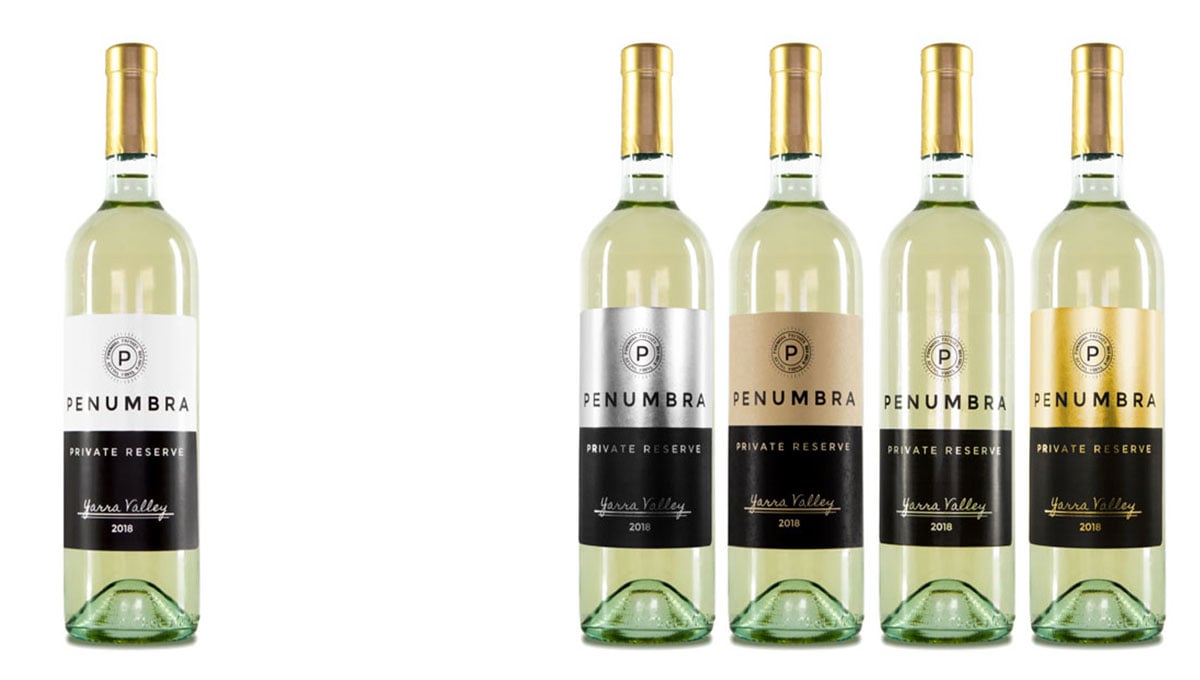
Executive Summary
The main purpose of the questionnaire survey was to understand consumer perception of product packaging. Online Labels wanted to know whether consumers valued products using premium label materials (silver, brown kraft, clear gloss, and gold), over those created using standard white labels.
Many markets are quickly becoming over-saturated with products that won't ever be noticed on the shelf. As a vendor for product makers, Online Labels wants to present its customers with ideas and solutions that will help them stand out. We believe tangible numbers would help convince makers to label their products with higher quality, premium materials over the standard label stock.
In the process of achieving this objective, Online Labels conducted five surveys using a random sample of ~500 people. The survey participants were obtained from SurveyMonkey Audience. They were all located in the United States and between the ages of 25 and 64.
Each participant was shown a photo of a labeled wine bottle and asked 10 multiple choice questions. The questions remained the same in every survey while the photo was switched out to gather data on various label materials.
In four out of the five surveys, participants responded favorably toward the premium label material. The products with premium labels were perceived as more expensive, higher quality, and more likely to be purchased. See the results.
Background & Objectives
Hypothesis:
Premium label materials are valued higher by consumers.
Goals:
- Determine the perceived monetary value of premium packaging
- Understand the impression of products with premium packaging
- Discover consumer shopping habits based on packaging
- Explore if consumers will choose products with premium packaging over products with standard packaging when placed side-by-side
Materials & Descriptions:
- Standard white: bright white paper-based facesheet
- Silver: metalized paper-based facesheet with a shiny, semi-reflective silver surface
- Brown Kraft: textured brown paper-based facesheet
- Clear Gloss: transparent polyester facesheet with a high-gloss overcoat
- Gold: metalized paper-based facesheet with a shiny, semi-reflective gold surface
Independent Variables:
- Labeled wine bottle photographs
Dependent Variables:
- Perceived value of the product
- Impression of the product
- Likelihood of purchasing the product
Extraneous Variables:
- Respondents' affinity for white wine
Methodology
Audience Demographics:
In total, 587 people responded to our survey. All respondents were between the ages of 25 and 64. The specific breakdown by age is displayed in Chart 1.1. All respondents were asked to select Male or Female. The specific breakdown by gender is displayed in Chart 1.2. All respondents were asked to share their household income. The specific breakdown by price bracket is displayed in Chart 1.3. All respondents were asked to share their geographic region. The specific breakdown by location is displayed in Chart 1.4. All respondents were asked to report the device type used to complete the survey. The specific breakdown by type is displayed in Chart 1.5.
Participant Incentives:
Participants were not compensated directly for their time. However, SurveyMonkey Audience donates $0.50 for every completed survey to the charity of their choice.
Survey Methodology:
The questionnaire survey was administered online. It consisted of three pages. Page one included instructions for completing the survey (Exhibit 1.1). A standalone photo of the premium label material on a bottle of wine appeared on the second page, followed by six questions (Exhibit 1.2). A photo of two bottles of wine, one with a standard label material and the other with the premium label material, appeared on the third page, followed by four questions (Exhibit 1.3).
Each question was formatted as multiple choice, with some including optional textboxes for feedback. They were all mandatory except for the auto-injected demographics questions. Each survey was exactly the same except for the pictures. The comparison photos all used our standard white material as the control.
Results
The main objective of the questionnaire survey was to compile actionable data on consumers' perception of premium packaging. The data collected from the 587 respondents confirmed that premium materials are perceived favorably when compared to a standard white label material. We found that consumers are between 21-46% more likely to feel positively about the product and 27-44% more likely to view the product as higher quality when it uses a premium label material. While shopping, they're 49-65% more likely to find it appealing and 19-29% more likely to pick it out on a shelf. In terms of purchasing, products with premium label materials are more likely to be purchased 80% of the time.
Standard White, Control Group
Our standard white label was liked or loved by 30.6% of respondents, and considered very or extremely appealing by 25.6%. It was considered high or very high quality by 28.1% and would be purchased by 33.9% of respondents. When given the choice, 66.9% of respondents found the standard option less attractive than the premium alternative. The standard white label was also perceived as lower quality by 69.4% of respondents.
Here are few testimonials from survey participants:
"Doesn't really pop but looks nice"
"It looks too ordinary"
"Somehow the bright white label reduces the value to me"
Silver Foil, Variation 1
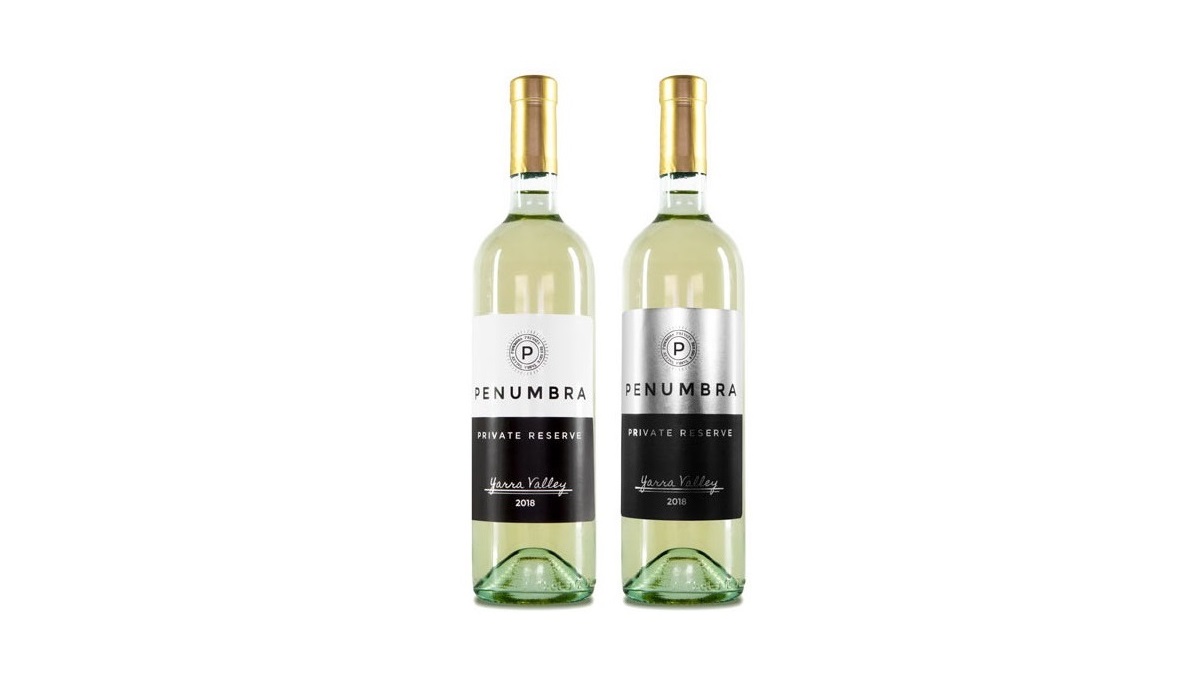
Respondents indicated they were more likely to purchase the premium metallic silver foil label material over the alternative, 40.5% to 59.5%. It was considered higher quality by 65.1% of respondents and more appealing by 61.9%. As many as 38.6% said they liked or loved the metallic silver foil label material and 40.9% would be somewhat likely or very likely to buy a product using it.
Here are few testimonials from survey participants:
"Silver packaging stands out more and looks more elegant and higher-end"
"The silver label looks richer and easier to read"
"It looks elegant and smooth"
"I remember colors over other identifying factors"
Brown Kraft, Variation 2
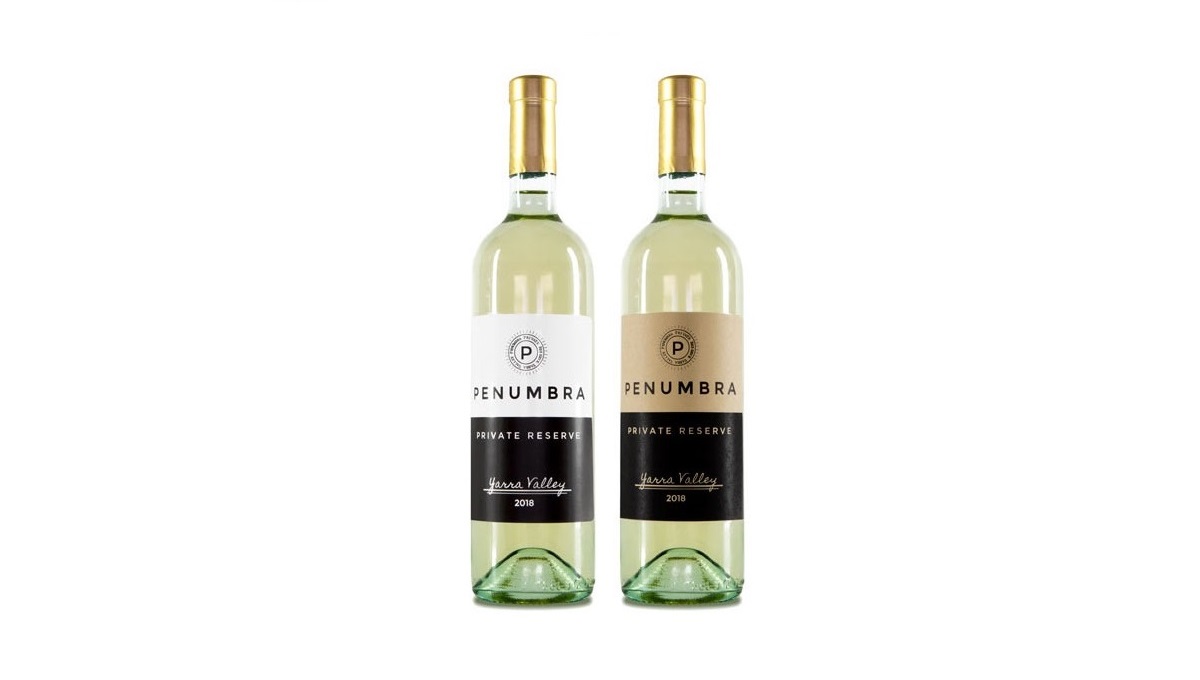
Of the respondents, 44% said they would be somewhat likely or very likely to buy the product with the brown kraft label material. In terms of quality, 59.8% ranked it higher than the standard white label material. More than 42.2% of the respondents found our premium brown kraft label material to be very or extremely appealing and 57.1% said it was more attractive.
Here are few testimonials from survey participants:
"I like the subtlety of it and it's easier on the eyes"
"Doesn't look as generic"
Clear Gloss, Variation 3
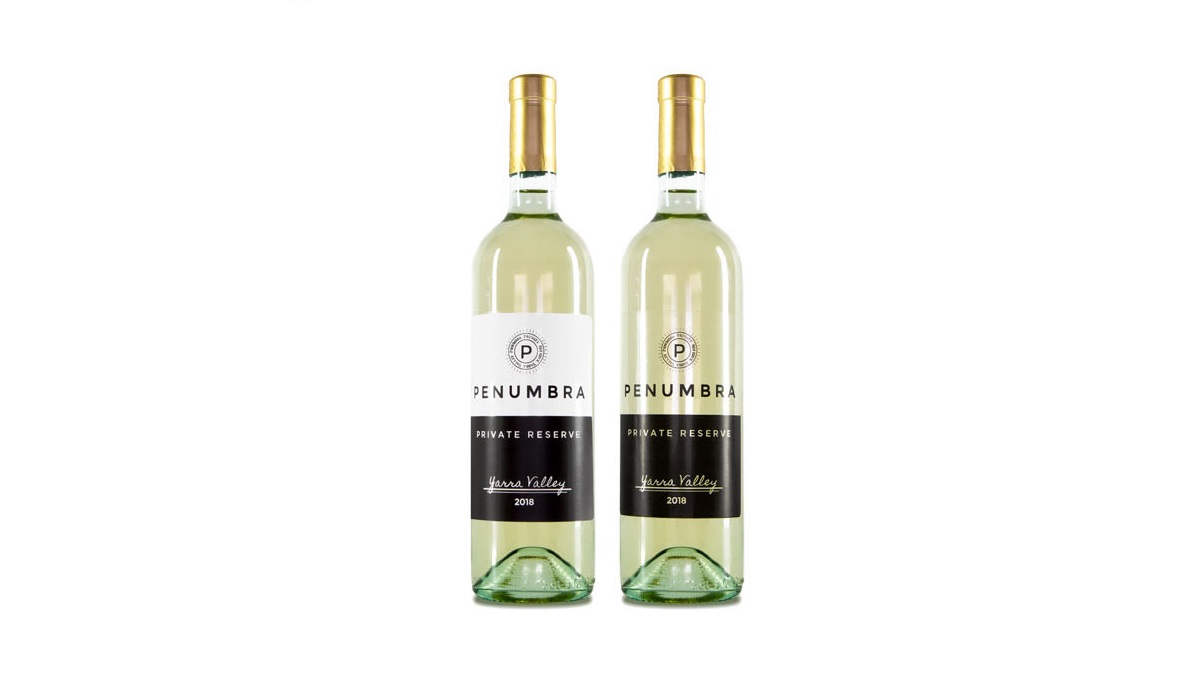
The premium clear gloss label material was liked or loved by 43.4% of respondents and considered high or very high quality by more than 37.2%. An additional 42.5% said they were likely or very likely to purchase a product using the clear gloss label material.
Here are few testimonials from survey participants:
"It has a luxury feel to it"
"It's a bit different than the standard label you see on shelves so it stands out more"
Gold Foil, Variation 4

Our metallic gold label material is more likely to be purchased by 71.6% of respondents and voted higher quality by 75%. More than 37.3% of respondents liked or loved the product and 42.4% claimed it was very or extremely appealing.
Here are few testimonials from survey participants:
"Gold labels are more appealing"
"The gold label is eye-catching and looks more expensive"
Conclusion
The results collected in these surveys suggest that the majority of premium materials outform a standard white. It allows us to market premium materials with factual, numeric data and help businesses better sell their products. It should justify the difference in price for our customers and encourage them to upgrade to our premium materials.
Silver Foil, Variation 1
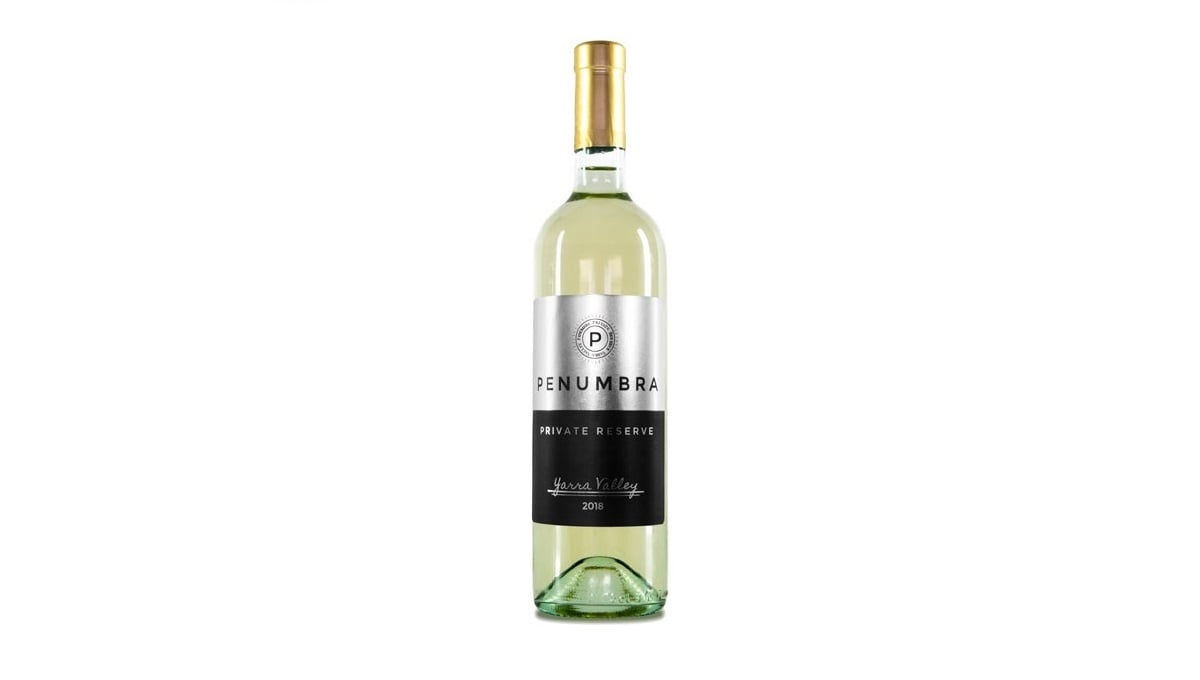
When pictured alone, this material's performance varied greatly. It placed in every position from best to worst (Chart 1.6). In the comparison shots, however, the silver option fared better than brown kraft and clear every time (Chart 1.7).
Applications: Use silver labels when they'll be placed on a crowded shelf or in extensive online marketplaces.
Brown Kraft, Variation 2
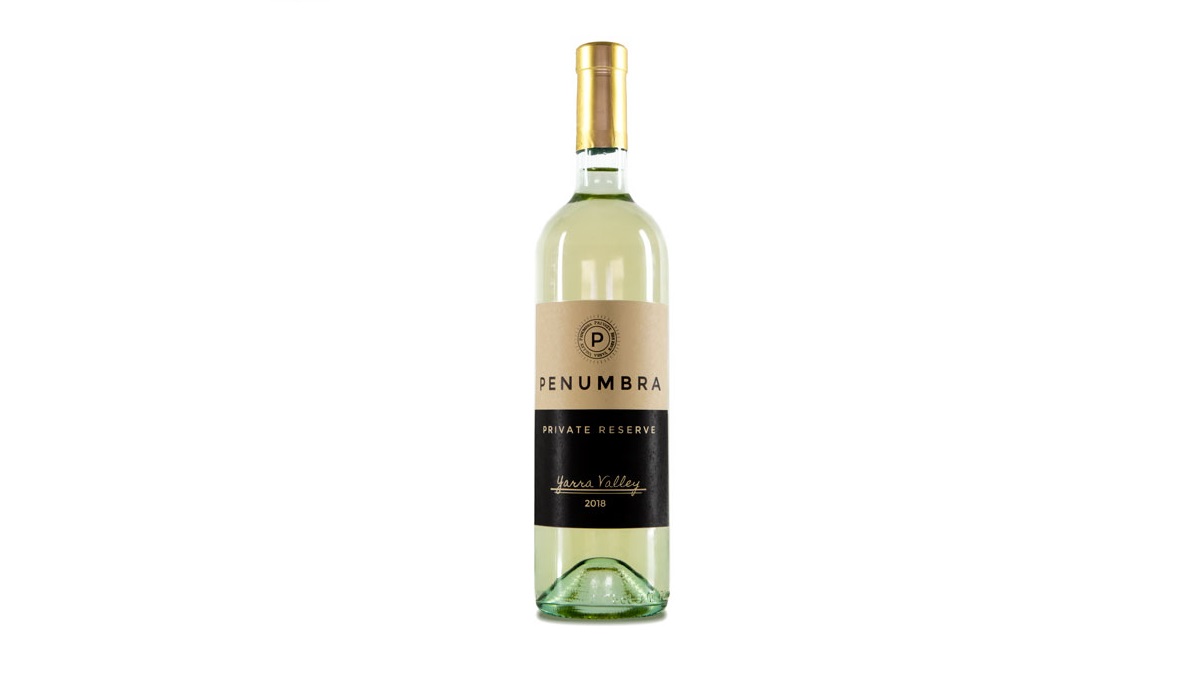
This material performed significantly better among respondents when it was pictured alone. It came in first in every category aside from purchase intent, where it placed second (Chart 1.6). When coupled with the standard white material in photos, it ranked above clear gloss but below gold and silver (Chart 1.7).
Applications: Use custom brown kraft labels when trying to make a visual impact and convey quality with your brand.
Clear Gloss, Variation 3
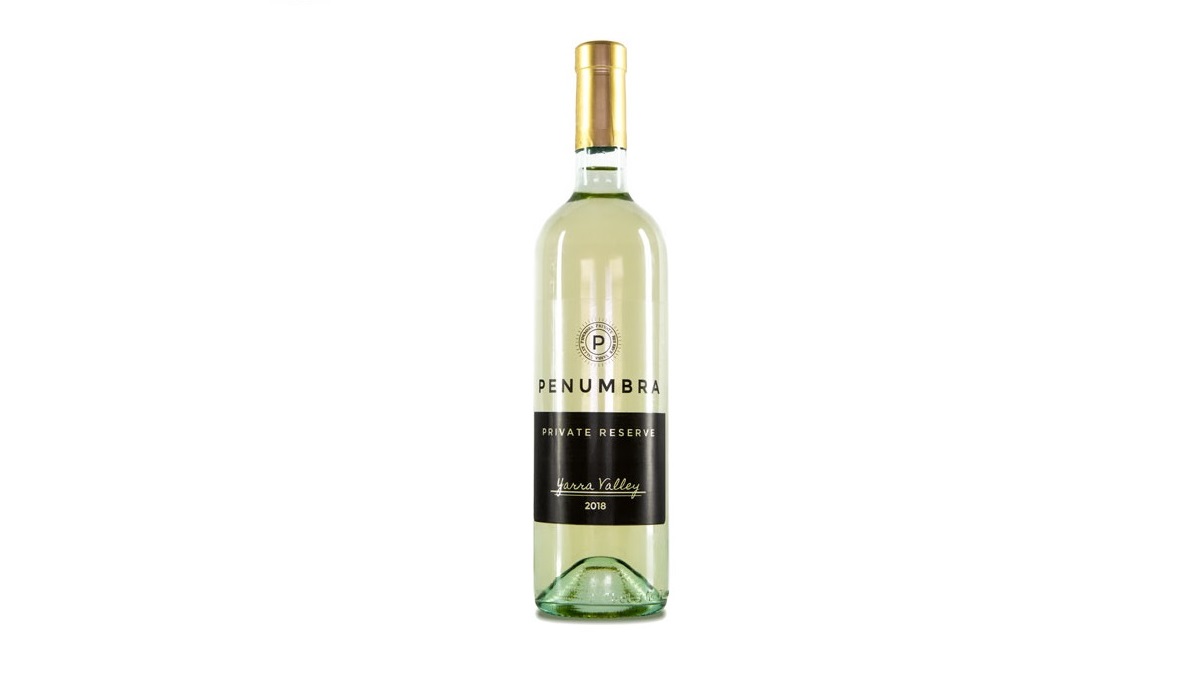
This material performed significantly better among respondents when it was pictured alone. It came in second for likeability and third for both quality and visual appeal (Chart 1.6). When shown the comparison photos, respondents preferred the standard white in all four categories: visual appeal, quality, cost, purchase intent (Chart 1.7).
Applications: Use clear gloss labels when they'll be placed among other clear materials. Avoid clear gloss when they'll be placed alongside other material options.
Gold Foil, Variation 4
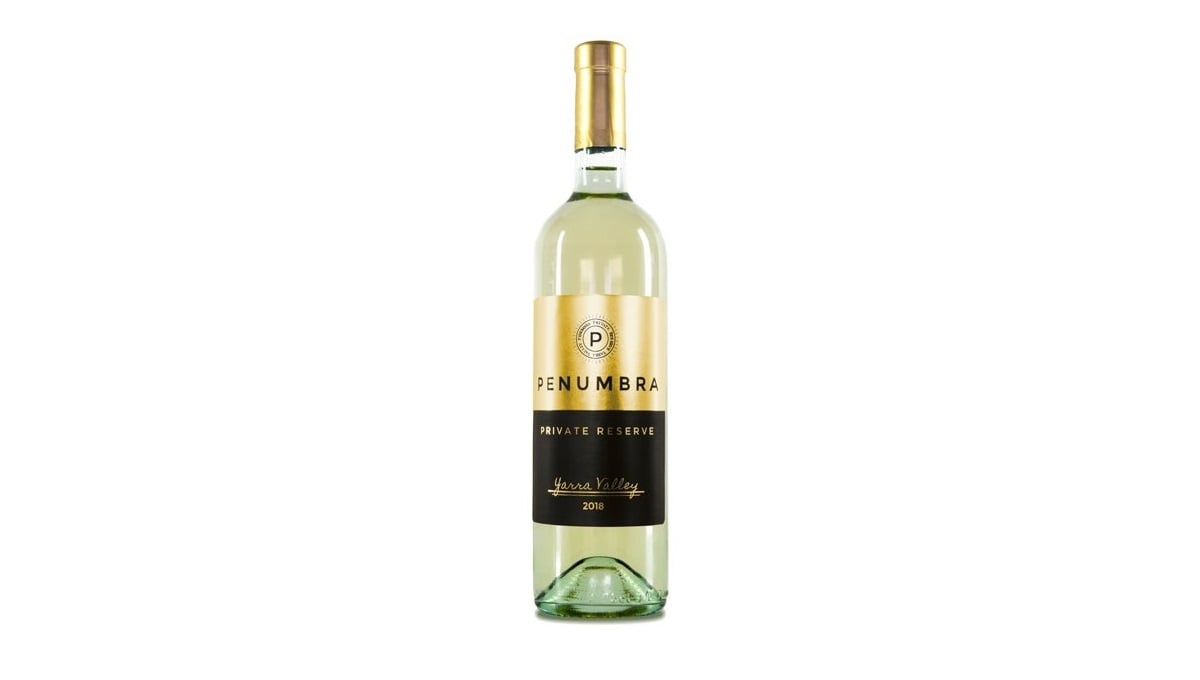
This material out-performed every other premium offering in the survey when comarped with standard white (Chart 1.7). In the standalone, however, it fell behind in likeability and quality (Chart 1.6).
Applications: Use gold labels when they'll be placed on a crowded shelf or in extensive online marketplaces. Avoid offering a full shelf or page of products packaged with the gold material.
Charts
Chart 1.1: Respondent Age
Chart 1.2: Respondent Gender
Chart 1.3: Respondent Income
Chart 1.4: Respondent Region
Chart 1.5: Respondent Device
Chart 1.6: Standalone Results
The following information is a result of questions 1-6 in which respondents were shown only the material in question.
Chart 1.7: Comparison Results
The following information is a result of questions 7-10 in which respondents were shown a photo of the material in question side-by-side with the same label on our standard white material.
Exhibits
Exhibit 1.1: Page 1
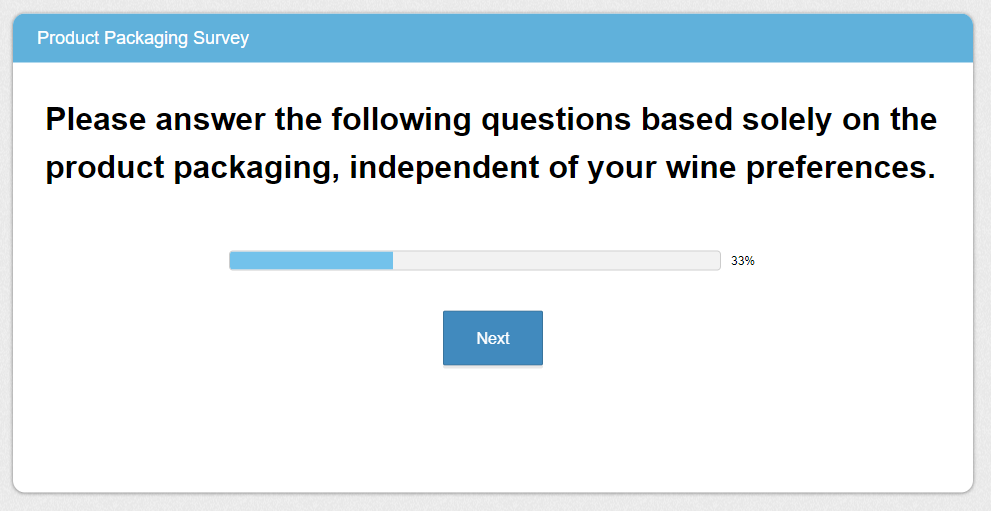 Introduction to the survey, preparing respondents for what was to come.
Introduction to the survey, preparing respondents for what was to come.
Exhibit 1.2: Page 2
 The first half of the survey, the solo questions for each material.
The first half of the survey, the solo questions for each material.
Exhibit 1.3: Page 3
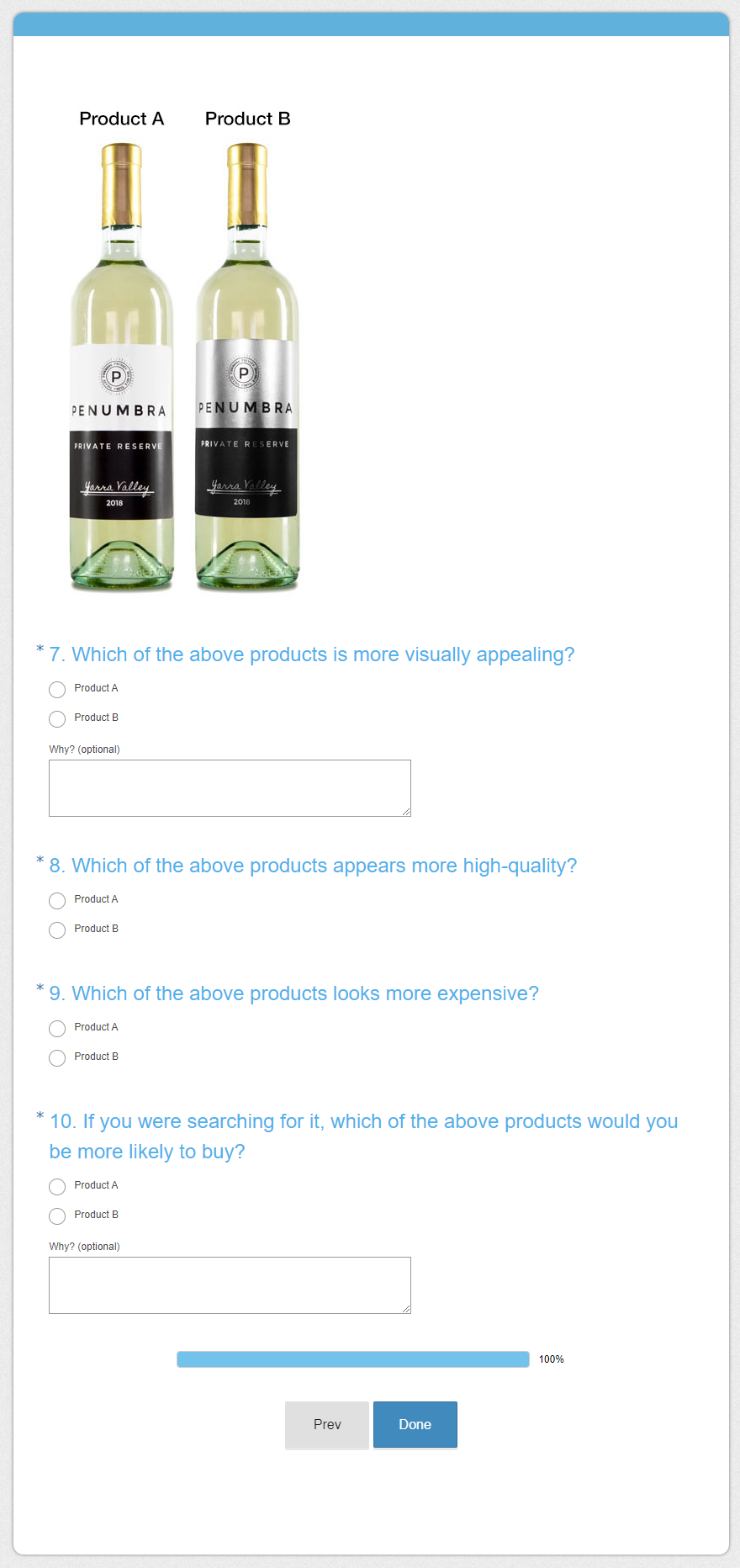 The second half of the survey, the comparison questions for each material.
The second half of the survey, the comparison questions for each material.
Online Labels is one of the internet's leading suppliers of blank and custom printed labels. To speak with the marketing team who conducted this survey, please call 407-949-6487. To inquire about our products and services and find out how they can work for you, please call 1-888-575-2235.


